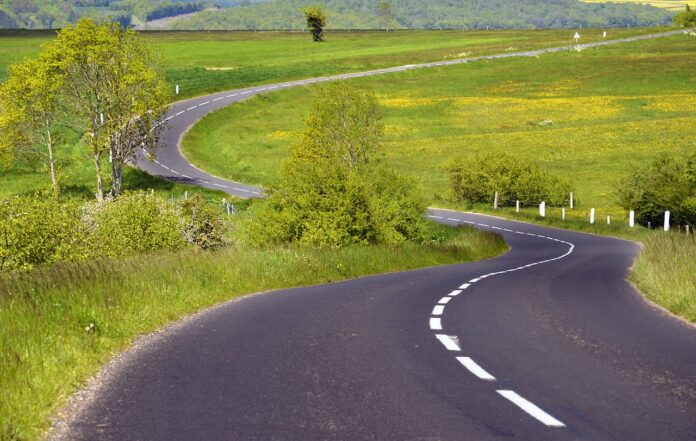Everyone knows about the existence of asphalt, even children, but not many adults can answer questions about how previous generations used it, whether it exists naturally, or if its supply could ever run out. If you’re eager to gain some valuable knowledge, read on for some unusual facts about asphalt:
- In ancient Greek, the term “asphalt” was associated with the words “reliable, durable, and strong.”
- Asphalt was first mined and used in Ancient Babylon over 5,000 years ago to reinforce walls and other structures. Paved roads came much later.
- Initially, asphalt was also used to coat vessels, making them stronger and extending their lifespan.
- Asphalt wasn’t invented by humans—it was created by nature! There is a lake of pure liquid asphalt on the island of Trinidad, and similar natural wonders can be found in California and Venezuela. The deepest asphalt lake, Pitch Lake, reaches depths of up to 76 meters in places. Have you ever seen a lake made of gravel, bitumen, and minerals? Nature never ceases to amaze!
- Asphalt from these natural lakes is exported to 50 countries worldwide, including the U.S., Egypt, Japan, India, and England.
- Asphalt lakes are not static; they move slowly over time.
- The heaviest asphalt roller weighs over 100 tons. Modern rollers can reach speeds of up to 15 km/h, but workers rarely need to go that fast. When laying asphalt, the optimal speed is 3-5 km/h to maintain the quality of the road.
- Bitumen is the key component of both natural and artificial asphalt. It’s an amorphous material that retains fluid-like properties even in solid form.
- Pure natural asphalt can melt at 20°C (68°F), though this depends on its composition and origin.
- Modern asphalt consists of crushed stone, sand, bitumen, and mineral mixtures. Many countries have their own distinct quality standards.
- Asphalt is no longer made with tar, which was once a popular alternative to bitumen.
- In the 17th century, artists used asphalt to create paint in a unique yellow shade. The paint, made with oils and wax, was highly regarded for its quality.
- Some types of high-quality varnish are still made with asphalt today.
- In Ancient Egypt and Assyria, liquid asphalt was used for waterproofing ships, an idea that dates back to the ancient Sumerians, around 7,000 years ago.
- Up until the late 19th century, the Dead Sea was known as the “Asphalt Sea” because large chunks of natural asphalt floated on its surface, though this eventually ceased.
- In 1876, cast asphalt was used for the first time in the U.S.
- Even the smoothest asphalt is rough enough to ensure optimal tire grip on the road.
- Initially, asphalt was only used for paving sidewalks in Paris. It was considered expensive, so local authorities ordered small samples to test. Residents liked the idea, and soon asphalt-paved roads became fashionable.
- In some countries, new standards now allow asphalt to be laid even during rain or snow. Precipitation is no longer an obstacle for road workers!
